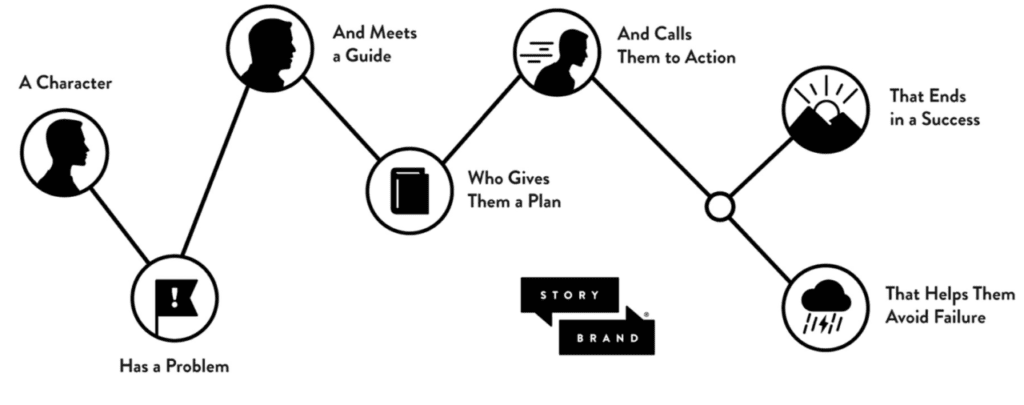Frameworks are invaluable. They give us the confidence to craft stories that resonate, especially in the challenging nonprofit landscape. But here's some food for thought—could popular formulas like StoryBrand inadvertently perpetuate white saviorism for nonprofits?
Table of Contents
Diversity and White Saviorism
Hold up! Before we talk StoryBrand, let's get real about the white savior complex.
White Savior refers to white folks stepping in to "save the day" for communities of color. Sounds noble, but the truth is that White Saviorism snatches the agency from marginalized communities and glorifies white-led efforts.
Most of the time, the people involved with helping don't reflect the communities they serve.
According to a 2022 report from Statista, most nonprofit organizations in the U.S. reported being white-led. Their executive director/CEO/managing director was identified as a non-Hispanic white person.
Black or African American-led nonprofit organizations followed by a significant margin, with 14 percent being Black-led in the U.S. in 2022.
Additionally, the report claimed that 59.5% of full-time staff at nonprofit organizations in the United States were white people, significantly more than any other race or ethnicity.
Hispanic or Latinx employees were the second most represented ethnicity/race among nonprofit employees, making up around 11 percent of full-time staff at U.S. nonprofits that year.

The Awkward Truth About Funding
In Minnesota, where we at BairStories are based, only 4% of nonprofit funds go to racial equity. Racial justice? A pitiful 0.5%. That's what the Black Collective Foundation MN is reporting. Mind-blowing.
The National Committee for Responsive Philanthropy reveals that an awful 1% of community foundation funding supports Black communities. This gap is costing these communities a whopping $2 billion.
The power dynamic in funding is amplified when we apply the StoryBrand framework to nonprofit storytelling.
StoryBrand for Nonprofits: Good or Bad?

The StoryBrand framework is a 7-step marketing approach that uses storytelling elements to clarify your brand's message. It positions your brand as a guide to help customers solve problems, leading them through a clear plan to a successful outcome.
When using StoryBrand for nonprofit storytelling, nonprofits are positioned as guides—Yoda to someone's Luke Skywalker.
But beware!
This dynamic risks enforcing existing power imbalances, especially when the nonprofits flexing their storytelling muscles are majorly white-led.
The Problematic Steps in StoryBrand
- Step 3: Meeting the Guide: Nonprofits often take center stage, sidelining the real heroes.
- Step 6: Avoiding Failure: This can exaggerate the savior mentality by portraying communities as helpless.
- Step 7: Culminating in Success: Often, success contributes to the nonprofit, sidelining community contributions.
Actionable Steps to Empower Communities
The StoryBrand framework for Nonprofits isn't inherently toxic. However, its application in the context of nonprofit storytelling can contribute to perpetuating the white savior mentality.
- Community Co-Creation: Invite community members to co-create stories. This ensures authenticity and respects local expertise.
- Elevate Local Voices: Share stories directly from community members. Give the mic to those often unheard.
- Transparency in Storytelling: Clearly state your nonprofit's role. Highlight communities as the true heroes.
- Training and Workshops: Provide storytelling training for staff and community members. Equip them to tell their own stories.
- Feedback Loop: Seek community feedback on representation. Avoid falling into the white savior trap.
- Inclusive Hiring: Hire a diverse team from the communities you serve. Promote equitable storytelling.
Conclusion on Storybrand for Nonprofits
The StoryBrand framework has its merits, but we must consider its application in the nonprofit space. This framework can be a powerful tool when used responsibly. The focus must shift to empowering communities, and the actionable steps above are part of your playbook.
Alternative Storytelling Framework
Download our free storytelling guide. With it, you can craft stories with depth that elevate empathy, community, and donations.
